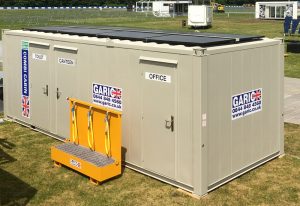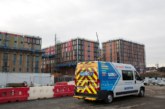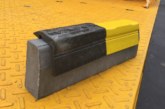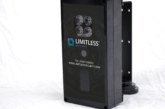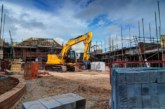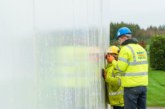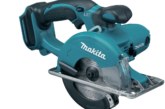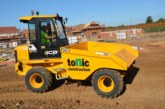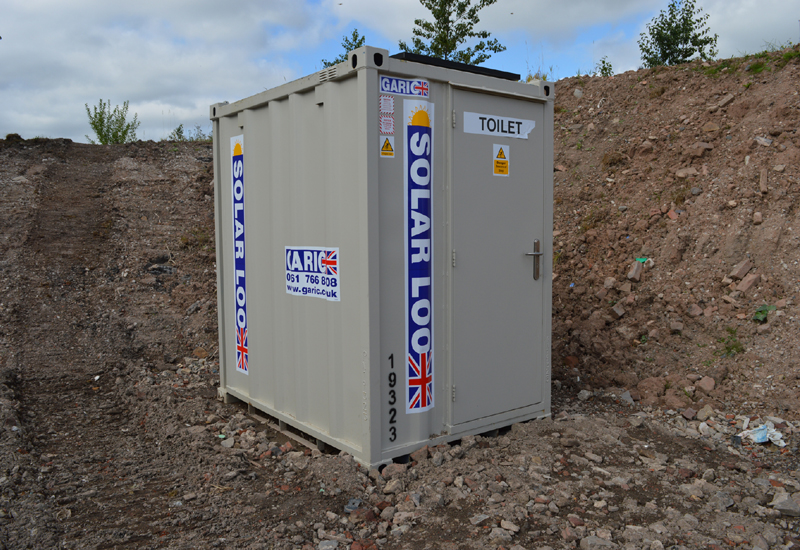
Building sites can present specific challenges when it comes to employee welfare. Garic Director Neil Richardson outlines the priorities when it comes to welfare provision on site.
Garic has been designing and manufacturing construction site equipment and employee welfare facilities for hire and purchase for over 25 years. When it comes to providing the right site set-up facilities, the company has seen the consequences of making do many times before. There will always be those who prefer to muddle along providing only the minimum. Many do not prioritise employee welfare like they would say, PPE. However, that is changing.
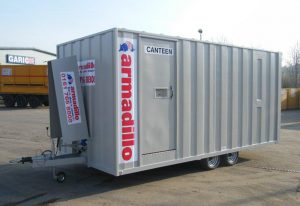 Increasing demand for its welfare products – welfare units, toilets, showers, canteens and drying rooms in particular – suggests that the changes to Construction (Design and Management) regulations (CDM) are beginning to gather momentum.
Increasing demand for its welfare products – welfare units, toilets, showers, canteens and drying rooms in particular – suggests that the changes to Construction (Design and Management) regulations (CDM) are beginning to gather momentum.
When the regulations were updated nearly two years ago, much greater emphasis was placed on the provision of employee welfare facilities. Now all sites, regardless of size, must make sure there are not only enough facilities for the number of workers on a job, but that they are appropriate for the type of work taking place. And, what’s more both the client and the contractor share this legal responsibility. Essentially, the client must ensure that work does not start on any notifiable project (longer than 30 days or 500 person days) unless they are satisfied the correct welfare facilities are in place.
Key considerations
If the project is on or next to the clients’ premises then those facilities can be used, as long as permission has been granted. However, if this is not the case the contractor will need to set up temporary amenities.
Careful consideration should be given to positioning, particularly if mobile teams are working across a number of locations. Welfare facilities will need to be either provided at a central point that is within a reasonable distance or at regular intervals across a job.
CDM welfare facility requirements
Toilets
Toilets should be suitable and sufficient, ventilated, lit and kept in a clean and orderly condition. Washing facilities must be provided so that workers can use them immediately after using the toilet or urinal, even if they are provided elsewhere.Washing facilities
General washing facilities must be suitable and sufficient, kept clean and orderly and with basins or sinks large enough for people to wash their face, hands and forearms. They should include: clean hot and cold, or warm running water; soap or other suitable means of cleaning; towels or other suitable means of drying; and showers where the nature of work is particularly dirty or there is a need to decontaminate.Drinking water
Drinking water must be provided or made available at readily accessible and suitable places. Cups are required unless the supply is in a jet from which people can drink easily.Changing rooms and lockers
Changing rooms are needed where workers have to wear special clothing for the purposes of their work and cannot be expected to change elsewhere. The rooms must be provided with seating, means of drying and keeping clothing and personal effects secure.Facilities for rest
Rest rooms or rest areas are required and should have tables and seating (with backs) sufficient for the number of people likely to use them at any one time. There should be arrangements for preparing and eating meals, also for boiling water. In cold weather, heating should be provided.
For projects involving more than one contractor, the responsibility lies jointly with the client and principal contractor. The principal contractor is required to liaise with the other contractors involved to ensure the appropriate facilities are made available and properly maintained.
Whilst early planning is always desirable, continued dialogue throughout the works will be necessary to make sure any changes which may affect the facilities required are taken into account. In accordance with the regulations it is important that a record is kept of all welfare facilities provided.
From the very first day on site workers must have easy access to clean drinking water, washing facilities, hot water and toilets. There also needs to be suitable facilities for taking breaks, having meals, and for storing, changing and drying clothes. These all need to be properly maintained to ensure they are kept in a clean and hygienic condition.
The regulations say that toilets are to have effective ventilation and there needs to be separate male and female facilities, but if this is not possible then lockable toilets must be provided.
“cleverly designed multi-functional facilities and those powered using energy saving technology are becoming increasingly popular”
Washing facilities should be equipped with hot and cold running water, soap or other cleaning agents, towels or another method of drying hands, showers depending on the nature of the work and again ideally these should be separate male and female facilities.
 If workers are required to change into protective clothing, then separate male and female changing rooms with seating and storage is required as are heated rest areas with seats, tables and a method for warming drinks and food. Drying facilities for wet clothes should also be provided.
If workers are required to change into protective clothing, then separate male and female changing rooms with seating and storage is required as are heated rest areas with seats, tables and a method for warming drinks and food. Drying facilities for wet clothes should also be provided.
The majority of welfare equipment suppliers stock products that aim to help meet these requirements. Whilst there are many effective standalone toilets, showers and canteen cabins on the market, cleverly designed multi-functional facilities and those powered using energy saving technology are becoming increasingly popular. These new state-of-the-art facilities take welfare to a whole new level providing more accessible, comprehensive and higher quality amenities for workers which can only be a good thing.

